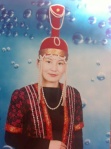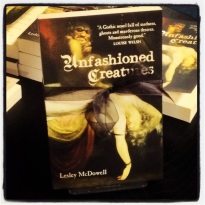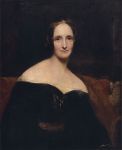With Valentine’s Day approaching, we are surrounded by stories of love and devotion to warm our hearts. A warm heart is particularly desirable for a polar explorer; Heart of the Hero, written by Kari Herbert, is an account of seven remarkable women who married these men of ice and snow.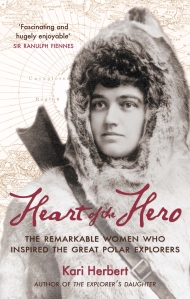
Herbert’s book will be published on Valentine’s Day to mark the 100th anniversary of Capt. Robert Falcon Scott’s memorial at St Paul’s Cathedral, London. Poignantly, though, his wife, the eminent sculptor and fearless adventurer Kathleen, was not yet even aware of her husband’s fate. She was not to find out about his demise or the story of his final days until four days after the service; she was in Tahiti, en route to New Zealand, where she hoped to greet him on his return voyage.
Herbert has been immersed in polar history since childhood, making her first Arctic trip before she was even a year old. Herbert’s own father was the explorer Sir Wally Herbert (who became in 1969 the first man to walk [undisputed] to the North Pole), and she spent years of her childhood living with her family in an Inuit community on an island off the northwest coast of Greenland. Being so closely connected to this way of life, she was drawn to the stories of the explorers’ families. ‘It amazed me that no one had highlighted the crucial role of the wives of our polar heroes,’ she said.
Herbert noticed that the women were often the backbone of the explorers’ expeditions, commonly playing the role of ‘manager, publicist, mother figure, fundraiser, nurse, counselor, and most importantly, muse.’ Throughout her research of the polar explorers and their wives, she encountered unpublished journals and letters containing untold stories of love, drama and loneliness – personal tales that she felt a responsibility to share.
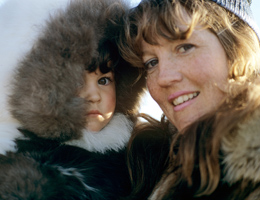

The polar accounts describe courageous and strong women who supported their husbands in their adventures. These women are Emily Shackleton, Eva Nansen, Kathleen Scott, Jane Franklin, Eleanor Anne Franklin, Jo Peary, and Marie Herbert, her own mother. While reflecting on writing her parents’ story, Herbert called the experience ‘strange’. She saw into a part of her parents’ lives that daughters don’t normally get to see, and tried to ‘put aside the fact I was their daughter in order to be able to write a balanced account of their lives.’
Through all the trials the women suffer, the two most challenging seem to be loneliness and a struggle to support their husbands’ financial needs. When the only hope of correspondence was to send off letters with ships in the hopes the crew might chance upon their husbands, Herbert admired the women and their ability to handle the separation with stoicism. Beyond that, they were quick to raise funds for their husbands in need, despite the years they often went without seeing one another. Herbert said, ‘Driven by love, pride and a fierce sense of loyalty, they each developed a bond with their husbands that transcended time, place and expectation…Simply put, these women were the beating heart behind some of the greatest polar stories.’
Ultimately, Herbert hopes that her account will help to balance out the record in the annals of polar history. ‘I hope readers will gain a fresh insight into some of our greatest stories of adventure, and will see a very different side to some of our iconic polar heroes. I hope too that these women from now on will gain a little more credit for their contribution, and be appreciated for the tirelessly loyal, adventurous, remarkable people that they were.’
Sir Ranulph Fiennes is amongst those who have stepped forward to praise Heart of the Hero: ‘An extraordinary depth of thinking … A fascinating and hugely enjoyable book which makes a valuable contribution to polar literature.’ ‘Herbert portrays seven wives not only as loyal, loving, resilient, inspirational and practical women,’ says Iain Finlayson in The Times, 9th February, ‘but also as moral heroines and capable achievers… in their own right.’
This post has been contributed by Emily Ferro, intern, currently studying for her MLitt in Publishing Studies at the University of Stirling.


